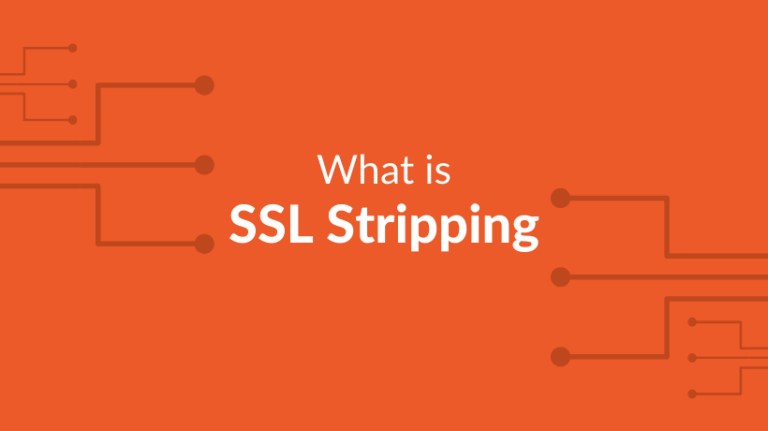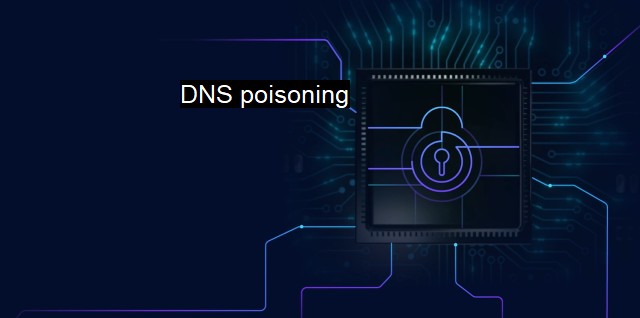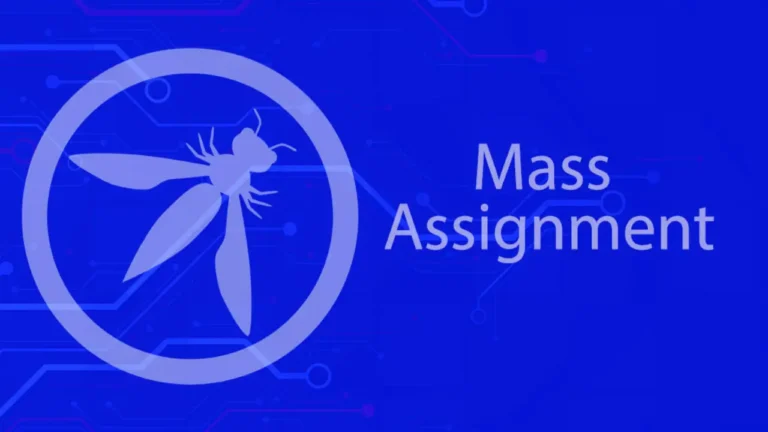Subdomain Squatting: The Hidden Threat Lurking in Unused DNS Records
Introduction In the ever-evolving world of cybersecurity, attackers constantly look for vulnerabilities to exploit. While most organizations focus on patching software bugs or securing user credentials, a quieter and equally dangerous threat often flies under the radar—subdomain squatting. This attack vector involves hijacking unused or misconfigured subdomains to distribute malware, steal credentials, or launch sophisticated…









